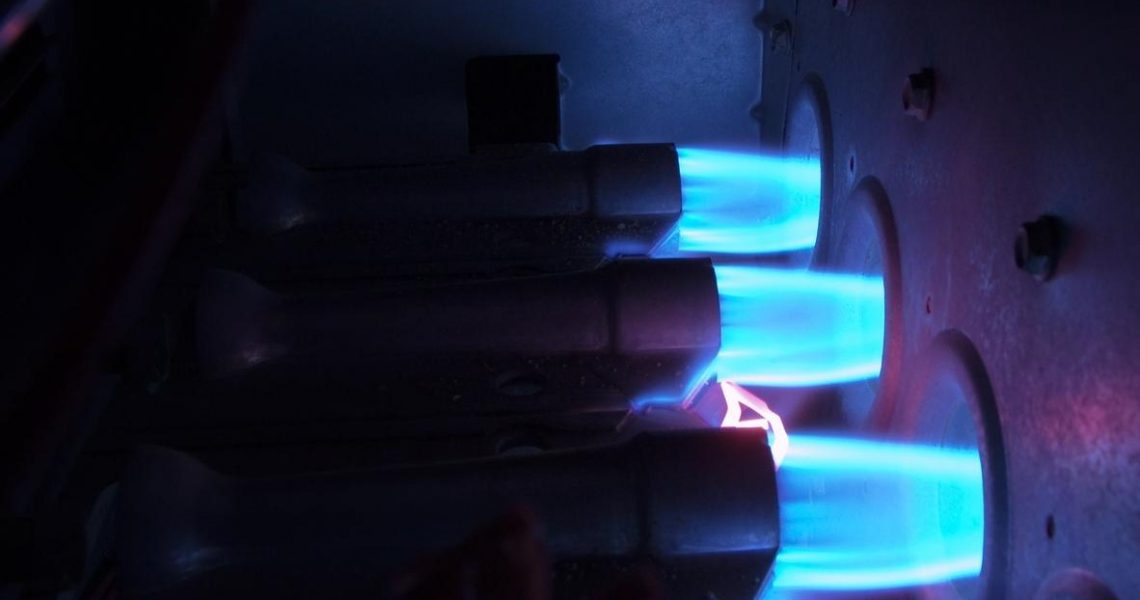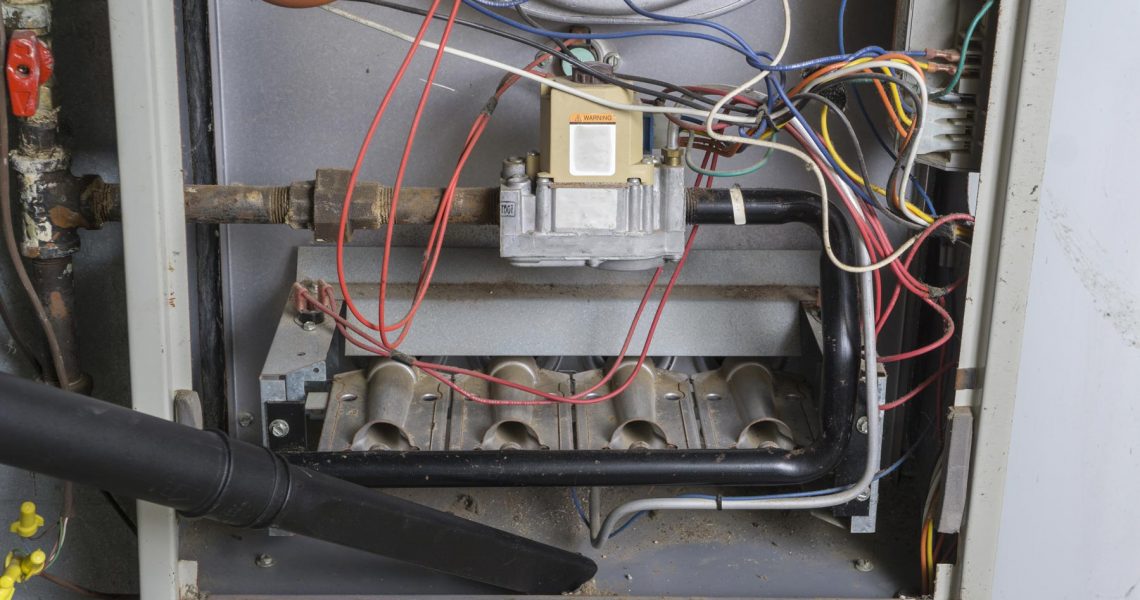What the Color of Your Furnace Pilot Light Means
Your pilot light provides a small flame that remains lit inside your furnace to light the gas coming out of the main burner. This pilot light will indicate whether your furnace is receiving the right amount, too much, or too little natural gas, or there is something else burning altogether. Here are the typical colors of a furnace pilot light and what they each mean. When in doubt, call a professional!
Blue = Normal
When your pilot receives the correct amount of natural gas, the flame will be a bright blue color. The largest component of natural gas is methane which burns blue. The tip of the flame may appear orange or yellow, but this is normal. It’s best to check your pilot light from time to time and make sure it remains blue.
Flickering Yellow = Too Much Air
If your pilot light is flickering yellow, there is too much air in the gas line. This could be caused by a damaged tube or loose connection which is allowing air into the gas line, or the furnace’s thermocouple could be damaged. The thermocouple is responsible for opening and closing the main gas line and regulating the amount of gas feeding into the pilot. If it is not letting in enough gas, the flame may burn yellow. Because the two likely culprits that are letting in too much air could also be leaking gas, we recommend shutting off the furnace and calling for a repair.
Bright Orange = Too Much Gas
A bright orange pilot light is the most dangerous colored pilot light. When the flame is burning orange, this means too much gas is feeding the flame. If there is a gas leak from a damaged gas line or damaged thermocouple, the pilot light will not be able to fully burn all the gas and the flame will be orange.
Too much gas going into your furnace could pose a serious health risk by allowing gas to leak into your home through the vents. You will first smell the gas near your furnace and eventually throughout your home. The excess burn-off of the gas can also lead to a buildup of carbon monoxide. If you see a bright orange pilot flame, contact an HVAC contractor immediately.
Any other color?
If your pilot light is any other color like red, green, or some other combination, that means something other than methane—such as tar, oil, rust flakes, or dust—is burning. This could mean harmful chemicals are being pumped into your home along with the warm air your furnace is creating. You will need to shut off the furnace from the breaker box, shut the gas line, and call a professional for a repair.
If you think your pilot light is discolored or you have a question, it is always best to heir on the safe side and call an HVAC professional. Grand Home Services is located in Aurora, Colorado, and provides furnace repair, cleaning, and replacement services throughout the Denver Metro Area. Call us or contact us online today!
Gas furnaces run for months at a time, and they need regular cleaning and maintenance to provide reliable heating for your home. Hiring a professional for a furnace tune-up and cleaning is a great way to take care of your furnace before the winter season. A professional furnace cleaning ensures your furnace runs efficiently, reduces the chance of an emergency repair, and extends the lifespan of the unit.
The average cost of a professional furnace tune-up is between $100 and $200. The final cost will depend on the size of your furnace, fuel type, age, and level of service required. Click here to see what you can expect from a furnace tune-up.
We highly recommend hiring a professional to clean your furnace, but if you are in a pinch or would like to clean your furnace in between professional tune-ups, here’s how. If this is your first time cleaning your furnace, we strongly recommend consulting with a professional!
Note: Before you start taking your furnace apart, always make sure you shut the power off from the breaker box and shut the gas valve.
Replace the Filter
The simplest way you can—and should—prepare your furnace for the winter season is by replacing the filter. A dirty filter will inhibit airflow making your unit work harder to heat your home. A dirty filter will also not clean the air properly, creating dust and debris buildup and increasing your chances of needing a repair.
Clean the Blower Unit
This is one of the more complicated parts to clean in a furnace, and we strongly recommend leaving this to a professional. The blower motor has counterweights and wiring that are easy to disturb and this is one of the more expensive pieces to replace.
To clean the blower unit yourself, remove the control panel if it is in the way, then carefully remove the blower unit. Gently vacuum all dust and debris and use a small stiff brush to remove tough deposits of dirt. It’s important to clean the blower unit slowly and evenly.
Clean the Pilot or Igniter
Using compressed air or a drinking straw, carefully blow any dust off the pilot. If you have a newer furnace, you may have a hot surface igniter. Use condensed air or a straw to remove any dust, but do not touch this part as it is very fragile.
Clean the Flame Sensor
A furnace flame sensor is very important for safe operation of your furnace. The flame sensor detects the presence of a flame when the gas is on, then shuts down the system if no flame is detected.
Located on the burner assembly, it looks like a metallic rod. The flame sensor can be pulled down and out of the bracket gently for cleaning. Take an emery cloth and gently clean the surface of the flame sensor. Then slide the part back into place.
When you get a tune-up and cleaning from a professional, they will also check for any necessary repairs. This will reduce the chances of you needing an emergency furnace repair and ensure your furnace is running at peak performance.
In need of a furnace tune-up and cleaning in the Denver Metro Area? Grand Home Services is located in Aurora, Colorado and provides HVAC services throughout Denver. Call or contact us online today!


